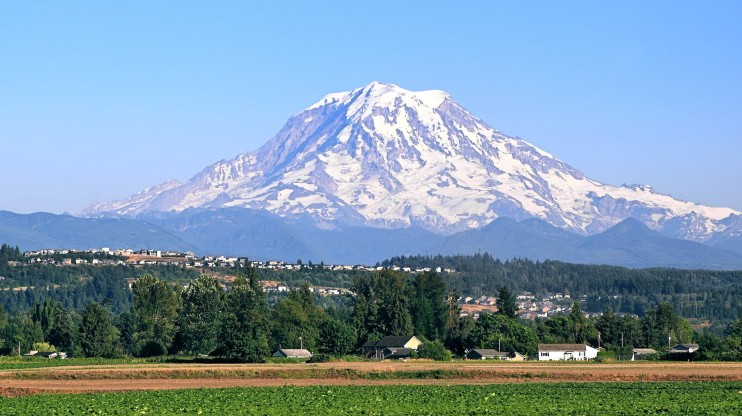Have Questions? We’re Here to Help!
Discover more about improving facility performance while reducing costs.

This is the second in a series of articles outlining recent updates to building performance policies across the U.S. Stay tuned for more information on other jurisdictions over the coming weeks.
The State of Washington has taken a significant step towards a more sustainable future by introducing the Clean Buildings Performance Standard (BPS). This new standard, the first of its kind in the nation, aims to reduce energy consumption in commercial buildings over 50,000 square feet. The legislation is unique in requiring additional verification by qualified, third-party personnel for compliance. More on that below.
The Clean Buildings Performance Standard mandates that buildings meet an energy use intensity target (EUIt), and the compliance deadlines are staggered based on building size:
While this article focuses on Tier 1 Compliance, it is worth noting that Tier 2 buildings, those that are more than 20,000 but below 50,001 square feet, have an upcoming benchmarking deadline of July 2027. Applications for an extension of that deadline are due next year. It is unclear what the penalties for noncompliance will be, but this should become evident as the State analyzes the forthcoming benchmarking data.
Washington State offers an incentive of $0.85 per square foot to implement measures that will bring buildings into compliance with the standard and encourage early compliance for the poorest-performing buildings. To qualify, buildings must be 15 energy use intensity (EUI) “points” or more above the target and must be brought into full compliance with the Clean Buildings Standard. Applications for the incentive must be submitted by 2025 for the largest building type and can be combined with utility programs for additional savings.
Buildings have two pathways to comply: meet the target EUI by the compliance deadline or pursue the investment criteria path, which includes an ASHRAE Level 2 audit, implementation of all cost-effective measures, and measurement and verification of those measures. Additionally, all buildings must develop and implement an operations and maintenance program and an energy management plan 12 months before the compliance deadline.
Each building's EUIt must be calculated based on its type, operating hours, and a normalization factor for its climate zone. The policy requires a “qualified person” to calculate the EUIt, typically a licensed Professional Engineer (PE) or certified energy manager (CEM).
Like its Colorado counterpart, this legislation is a pioneering initiative by the State of Washington, setting the stage for other states to follow.
Preparing for Washington's requirements will also give you a leg up for compliance with similar local policies, including the City of Seattle Building Emissions Performance Standard, which will go into effect for each building size category five years after the corresponding statewide regulation.
Mantis Innovation is at the forefront of helping organizations understand and navigate this rapidly evolving regulatory environment and is adept at driving compliance efforts for building owners and operators.
Discover more about improving facility performance while reducing costs.